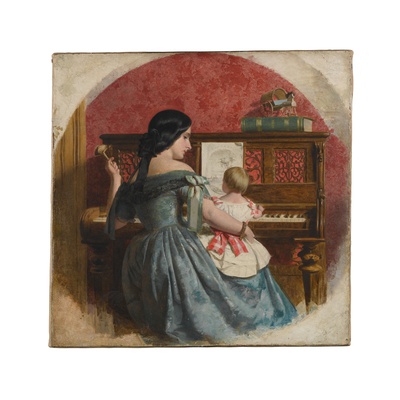If you haven’t already seen this darling video, I really recommend taking thirty seconds to watch it, because it will certainly put you in the mood for reading the rest of this post!
I’ve been teaching many years, and when my students want to take on a piece too difficult for their current skills, they often run into trouble. At that point, I temporarily shelve the difficult piece, and assign a piece focusing on their technical difficulties. However, that sometimes stirs up a lot of rebellion, because it turns out that even six-year-old students are quite capable of determining for themselves the difficulty of a particular piece of music, and at that point, teachers hear, “That’s a baby piece! I don’t want to do a baby piece!” (Another example might be where a talent show is coming up, and the student simply does not have enough time allotted to them to play that ten-page piece she or he is working on–in that case, a flashy, short piece is a necessity.)
A little rebellion at this stage is wonderful. The student is telling you that she or he does not want the standards to slip. It is up to the teacher at this point to adequately explain the reason for the “baby piece” so that the student knows why it is important to complete it. So the next time we, as teachers, hear “That’s for babies!” from our students, we need to take a moment to thank them for that small rebellion, and do our best to sell them on the simpler piece, at least temporarily. It’s important to remember we are not taking away the more difficult piece, but rather improving skills on the “baby piece” and working towards the more difficult piece.
It is also useful to remind the student that with a short search on any CD site, one can find performers of highly advanced caliber with recordings of (literally) “baby pieces.” Those performers are not making those recordings to take a break from the harder pieces, but to show that with enough skill, even “baby pieces” can be made complex, subtle, artistic and awe-inspiring!
